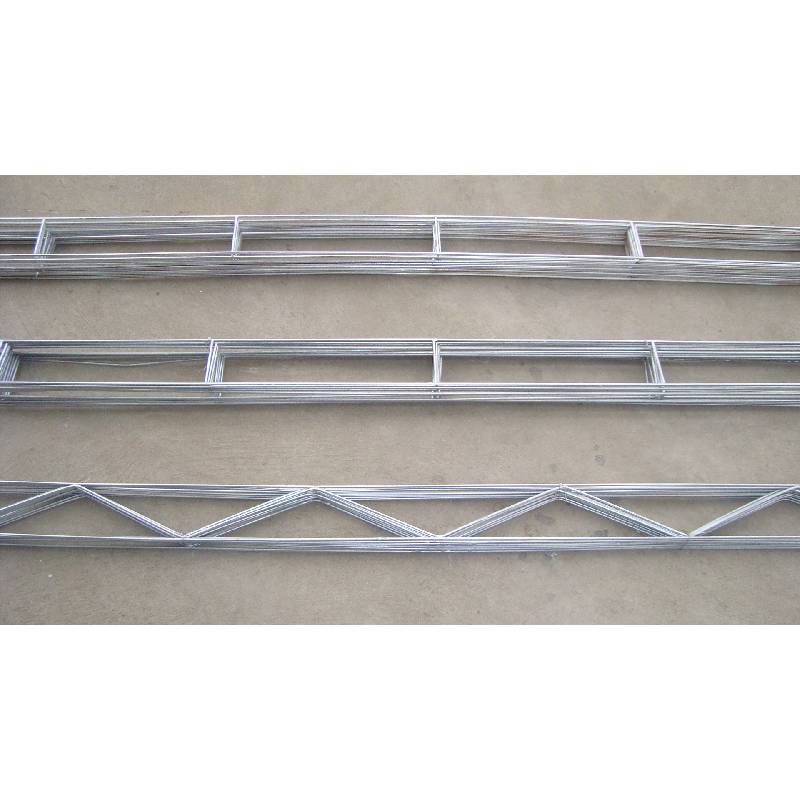
- Mobile Phone
- +8613931874955
- sales@cntcmetal.com
Exploring the Properties and Applications of Pure Iron Wire in Various Industries and Innovations
Pure Iron Wire Properties, Uses, and Advantages
Pure iron wire is a versatile material widely utilized in various industries due to its unique properties and characteristics. Iron, being one of the most abundant elements on Earth, is a fundamental building block in countless applications. When processed into wire form, pure iron exhibits remarkable strength and flexibility, making it an ideal choice for numerous structural and decorative purposes.
Properties of Pure Iron Wire
Pure iron is known for its excellent ductility and malleability, enabling it to be drawn into thin wires without breaking. This property allows manufacturers to create wires of various diameters, ranging from very thin strands used in delicate applications to thicker wires that provide greater strength. Another significant characteristic of pure iron is its high tensile strength, which means it can withstand significant pulling forces without failing.
Additionally, pure iron's low carbon content, typically below 0.02%, contributes to its corrosion resistance compared to other iron alloys. While pure iron can oxidize when exposed to moisture, advancements in coatings and galvanization techniques have enhanced its durability, making it more suitable for outdoor and high-humidity applications. The combination of strength, flexibility, and resistance to corrosion makes pure iron wire an excellent choice for both industrial and decorative uses.
Applications of Pure Iron Wire
The applications of pure iron wire span a wide array of industries. One of its most common uses is in the construction industry, where it is often employed as reinforcement in concrete structures. Pure iron wire helps enhance the tensile strength of concrete, preventing cracks and structural failures during the settling process. It is also used in the production of barbed wire and fencing materials, providing security and safety in residential and agricultural areas.
In the realm of arts and crafts, pure iron wire is favored by artisans and sculptors for creating intricate designs and sculptures. Its malleability allows artists to bend and shape the wire into complex forms, resulting in visually stunning pieces. Furthermore, pure iron wire is commonly used in the manufacture of electrical components, where its conductive properties play a crucial role.
pure iron wire

Moreover, in the automotive industry, pure iron wire can be found in various components, from connectors to structural reinforcements, making it an integral part of vehicle manufacturing. Its ability to bear weight while maintaining flexibility is crucial for performance and safety in automobiles.
Advantages of Pure Iron Wire
The advantages of using pure iron wire over other materials are significant. One of the most notable benefits is its cost-effectiveness. Pure iron is often more affordable than other metals such as stainless steel or brass, making it a suitable choice for budget-conscious projects without compromising quality.
Another advantage is the ease of availability. Pure iron wire is readily available through various suppliers and manufacturers, ensuring that projects can proceed without delays.
Additionally, the environmental impact of using pure iron wire is relatively low compared to other materials, especially when considering the energy required to process and recycle metal. Since iron is one of the most recycled materials globally, its use can contribute to sustainable practices by reducing dependency on new metal production.
Conclusion
In conclusion, pure iron wire is a remarkable material with a wide range of applications due to its unique properties and advantages. Its strength, flexibility, and cost-effectiveness make it an invaluable resource across various industries, from construction to arts and crafts. As advancements in treatment and coating technologies continue to improve its durability, the versatility of pure iron wire will likely expand, ensuring its relevance in future applications. Whether used in structural reinforcement or artistic expression, pure iron wire remains a fundamental element in modern manufacturing and innovation.
share:
-
Yard Sign Stakes: Reliable Guardians of Outdoor SignsNewsAug.04,2025
-
Wall Ties: Invisible Guardians of Building StabilityNewsAug.04,2025
-
Resilient Web: The Super Guardian Power of Concrete MeshNewsAug.04,2025
-
Masonry Accessories: A versatile assistant on building foundationsNewsAug.04,2025
-
Iron Binding Wire: the 'invisible reinforcement specialist' in the fields of architecture and industryNewsAug.04,2025
-
Dynamic Spring: The diverse functions and excellent performance of Wire Tension SpringNewsAug.04,2025
-
Your Source for Concrete Wall Ties and Masonry AccessoriesNewsJul.10,2025



















